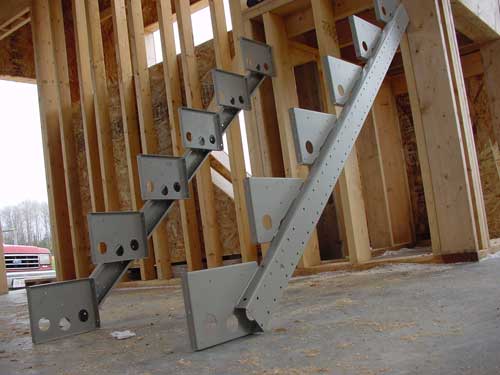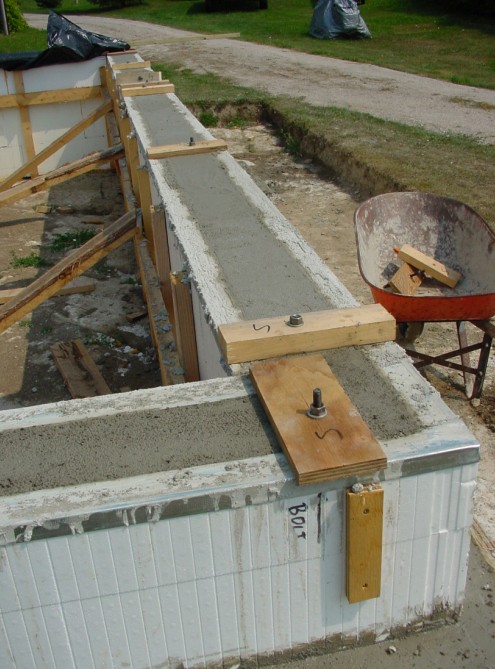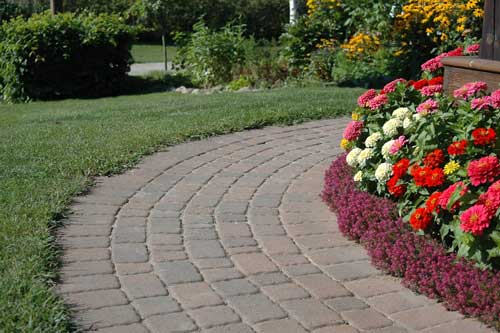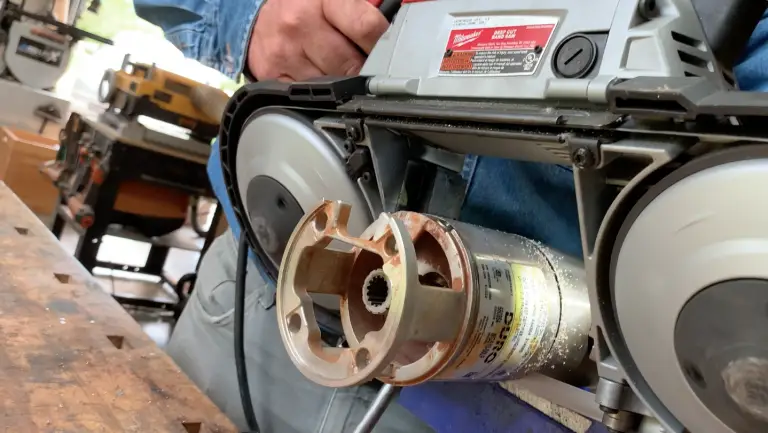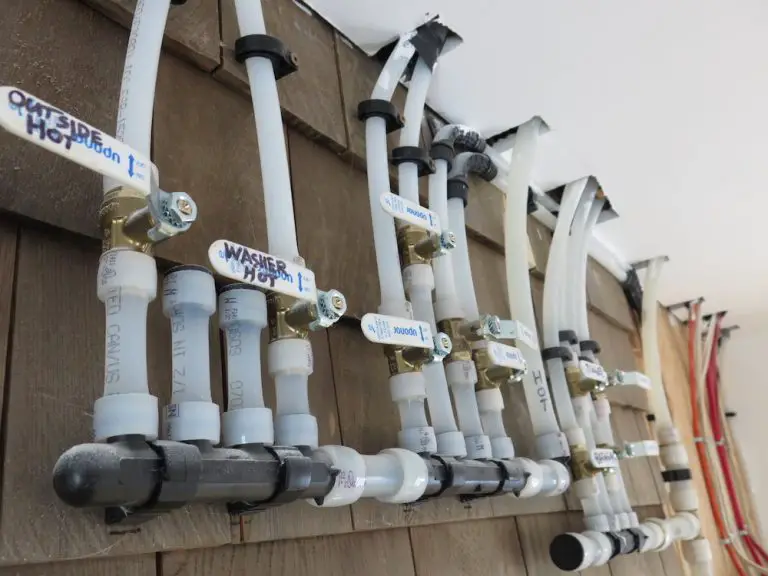
A great-looking lawn doesn’t have to be a constant chore. With the right approach, you can keep your grass lush and healthy while spending less time mowing, watering, and troubleshooting patchy spots. The key is consistency—small, smart habits throughout the season make a bigger difference than reactive fixes when problems appear.
Understanding how mowing, watering, and soil care work together can help you create a lawn that thrives with minimal effort. Healthy grass naturally resists weeds, withstands dry spells, and requires fewer interventions. The goal isn’t perfection but a strong, self-sustaining lawn that stays green without demanding all your free time.
Mowing Smart: The Foundation of Lawn Health
Mowing is more than just cutting grass—it shapes how your lawn grows. The right techniques encourage deep roots, reduce weeds, and improve overall resilience.
Set the Right Mowing Height
Cutting grass too short weakens it, making it more vulnerable to drought and weeds. A general rule is to never remove more than one-third of the blade’s height at a time. For most lawns, keeping the grass at 2.5 to 4 inches helps shade out weeds and retain moisture.
Mow Regularly, But Not on a Schedule
Instead of mowing every Saturday out of habit, let the grass tell you when it needs cutting. Growth rates change based on weather and season. During peak growing months, you may mow weekly, while in dry spells, you might wait longer.
Keep Your Blades Sharp
Dull mower blades tear grass rather than cutting it cleanly, leaving ragged edges that turn brown and invite disease. Sharpen blades at least twice per season for a crisp, even cut.
Choose the Right Mower for Your Yard
The right equipment makes lawn care easier. Whether you need a self-propelled model for a sloped yard or a zero-turn mower for larger spaces, having the right tool for the job reduces effort and improves results. The right mower makes lawn care easier, whether it’s a self-propelled model for small yards or a zero-turn mower for larger spaces. Those looking for lawn mowers for sale should factor in deck size, engine power, and maneuverability to find the best fit for their yard.
Watering Wisely: Less Is More
A well-watered lawn isn’t about frequency—it’s about depth. Many homeowners make the mistake of watering too often but too shallow, which encourages weak, surface-level roots. Deep, infrequent watering trains grass to develop strong roots that reach further into the soil, making it more drought-resistant.
Water Deeply and Infrequently
Instead of a quick daily sprinkle, aim for one to two deep waterings per week, providing about one inch of water each time. This method allows moisture to reach the root zone, helping grass develop deeper roots and become more resilient during dry spells.
Water Early in the Morning
The best time to water is early morning, before the heat of the day. Watering at this time reduces evaporation and allows grass blades to dry before nightfall, lowering the risk of fungal diseases.
Use the Screwdriver Test
To check if your lawn needs water, push a screwdriver into the soil. If it slides in easily, there’s enough moisture. If there’s resistance, it’s time to water. Simple tests like this help prevent both overwatering and underwatering, keeping your lawn healthier with less effort.
Feeding Your Lawn: When & How to Fertilize
Grass thrives when the soil has the right nutrients, but too much fertilizer can do more harm than good. Instead of overloading your lawn with chemicals, focus on feeding it at the right times and in the right amounts.
Choose the Right Fertilizer
A balanced fertilizer with nitrogen, phosphorus, and potassium (N-P-K) supports healthy growth. Organic options, like compost or slow-release fertilizers, improve soil quality over time and reduce the risk of over-fertilization.
Follow a Seasonal Fertilization Schedule
- Spring: Apply a light feeding to wake up the lawn after winter. Too much nitrogen too early can cause weak, excessive growth.
- Summer: If needed, use a slow-release fertilizer to maintain color and strength during hot months.
- Fall: The most important feeding of the year. A fall application helps grass store nutrients for winter and promotes early green-up in spring.
Leave Grass Clippings on the Lawn
Instead of bagging clippings, mulch them back into the soil. They break down quickly, returning nitrogen to the grass naturally and reducing the need for extra fertilizer.
Aeration & Overseeding: The Secret to a Thick, Green Lawn
Over time, soil becomes compacted, making it harder for water, air, and nutrients to reach the roots. Aeration relieves this compaction, while overseeding fills in bare spots and keeps your lawn dense, preventing weeds from taking hold.
Why Aeration Matters
Aerating creates small holes in the soil, allowing roots to breathe and absorb moisture more effectively. This process is especially beneficial for lawns that experience heavy foot traffic or have clay-based soil. The best time to aerate is in the fall or early spring, when grass is actively growing.
How & When to Overseed
Overseeding introduces fresh grass seed into thinning areas, promoting a fuller, more resilient lawn. The process is most effective after aeration, as seeds make better contact with loosened soil. Early fall is ideal for cool-season grasses, while late spring seeding is most beneficial for warm-season lawns.
Controlling Weeds & Pests Without Harsh Chemicals
A strong, healthy lawn naturally resists weeds and pests, reducing the need for chemical treatments. Instead of relying on herbicides and pesticides, a few simple strategies can help keep your grass thick and problem-free.
Prevent Weeds by Keeping Grass Dense
A dense lawn is the best defense against weeds. Weeds thrive in bare patches, so regular overseeding and proper mowing help crowd them out. Raising the mower height also shades the soil, preventing weed seeds from sprouting.
Use Natural Weed Control Methods
Hand-pulling weeds while they’re young prevents their spread. For larger areas, a corn gluten meal application in early spring can act as a natural pre-emergent to stop weed seeds from germinating. A thick layer of mulch around garden beds can also suppress weed growth by blocking sunlight.
Encourage Beneficial Insects and Natural Pest Control
Many common lawn pests can be controlled without chemical pesticides. Ladybugs, ground beetles, and predatory wasps help control populations of aphids, caterpillars, and grubs. Planting native flowers and avoiding broad-spectrum pesticides attract these beneficial insects, helping maintain a natural balance.
Reduce Chemical Use for a Healthier Lawn
Overuse of pesticides and herbicides can disrupt soil health, harm beneficial organisms, and contaminate local water sources. Spot-treating weeds instead of applying chemicals across the entire lawn reduces unnecessary exposure. Choosing organic or less-toxic pest control methods also minimizes environmental impact.
The EPA’s guide to environmentally friendly lawn care provides additional strategies for reducing pesticide use, improving soil health, and maintaining a resilient lawn through natural methods.
Choosing the Right Lawn Equipment for Low-Maintenance Care
The right tools make lawn care easier and more efficient. Investing in reliable equipment saves time, reduces frustration, and helps maintain a healthier yard with less effort.
Homeowners thinking about buying a riding mower should consider deck size, maneuverability, and engine power to match their property’s needs.
Conclusion
A healthy, resilient lawn comes from consistent care, not constant effort. Small habits—like mowing at the right height, watering deeply, and improving soil health—create stronger grass that naturally resists weeds, pests, and drought. A well-maintained lawn not only looks better but also requires fewer interventions, saving time and effort in the long run. Choosing the right tools and techniques makes lawn care more efficient, ensuring your yard stays lush and green with minimal upkeep. With a little attention throughout the season, you can enjoy a thriving lawn that enhances your outdoor space without becoming a never-ending chore.







